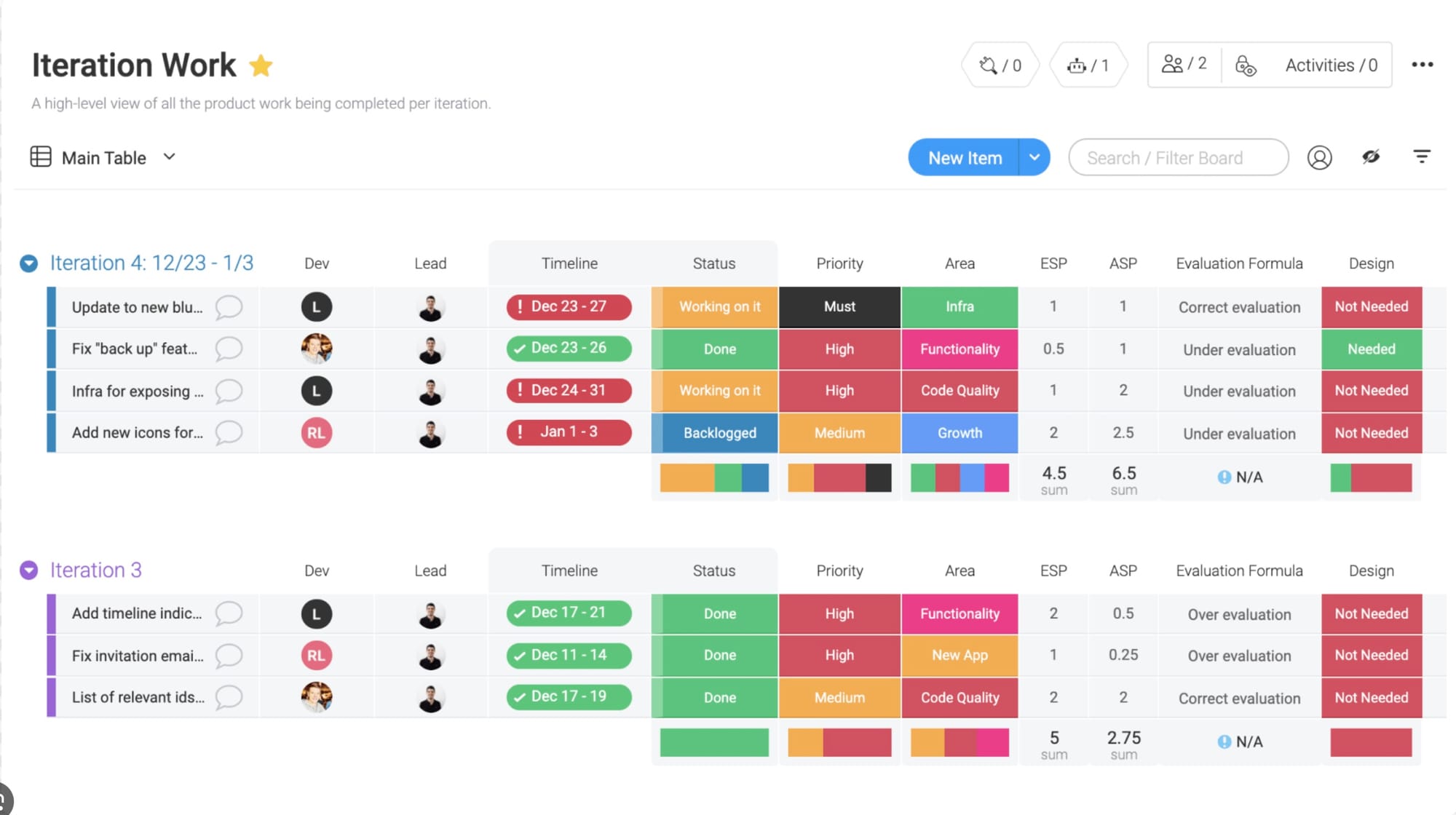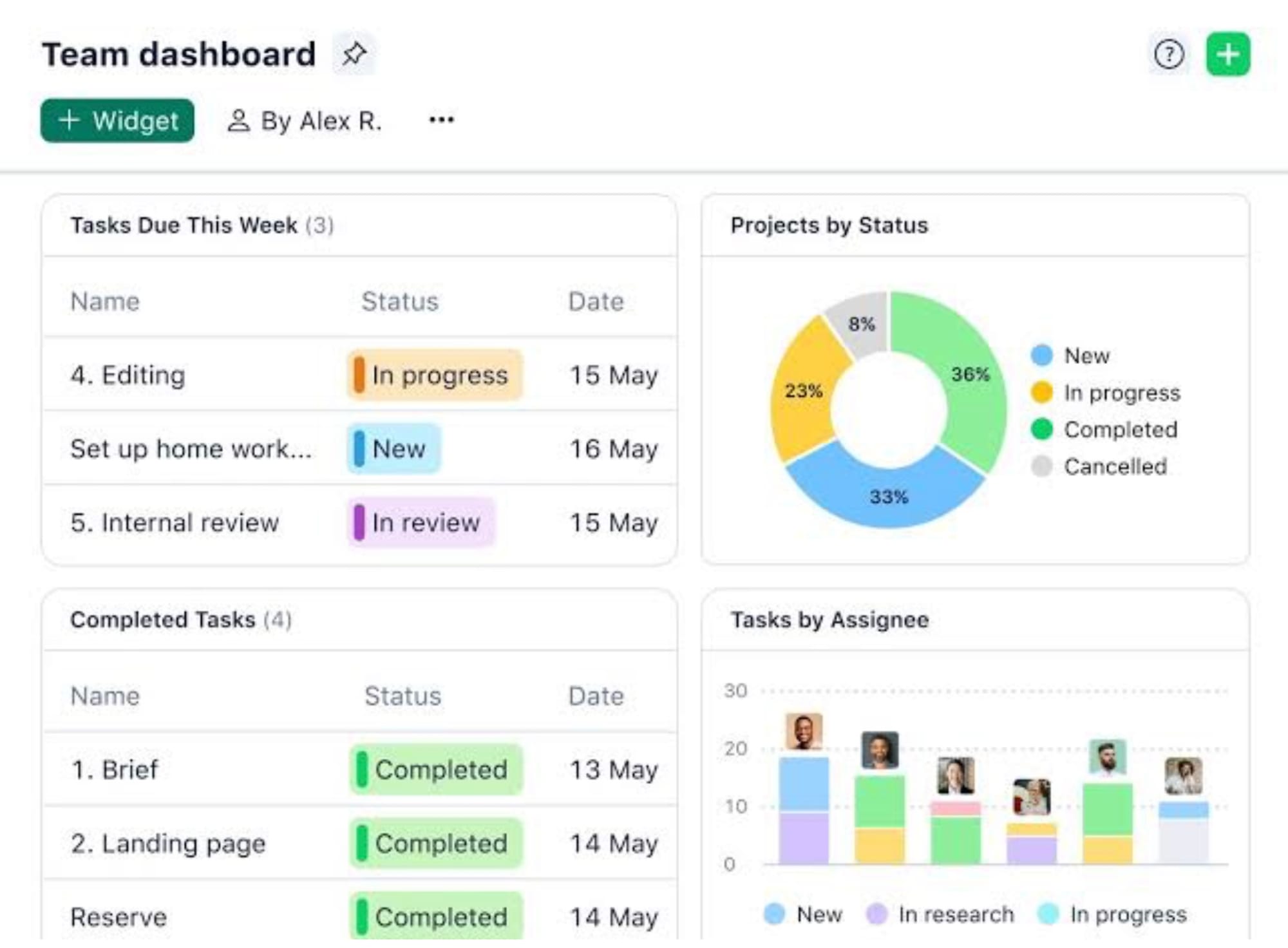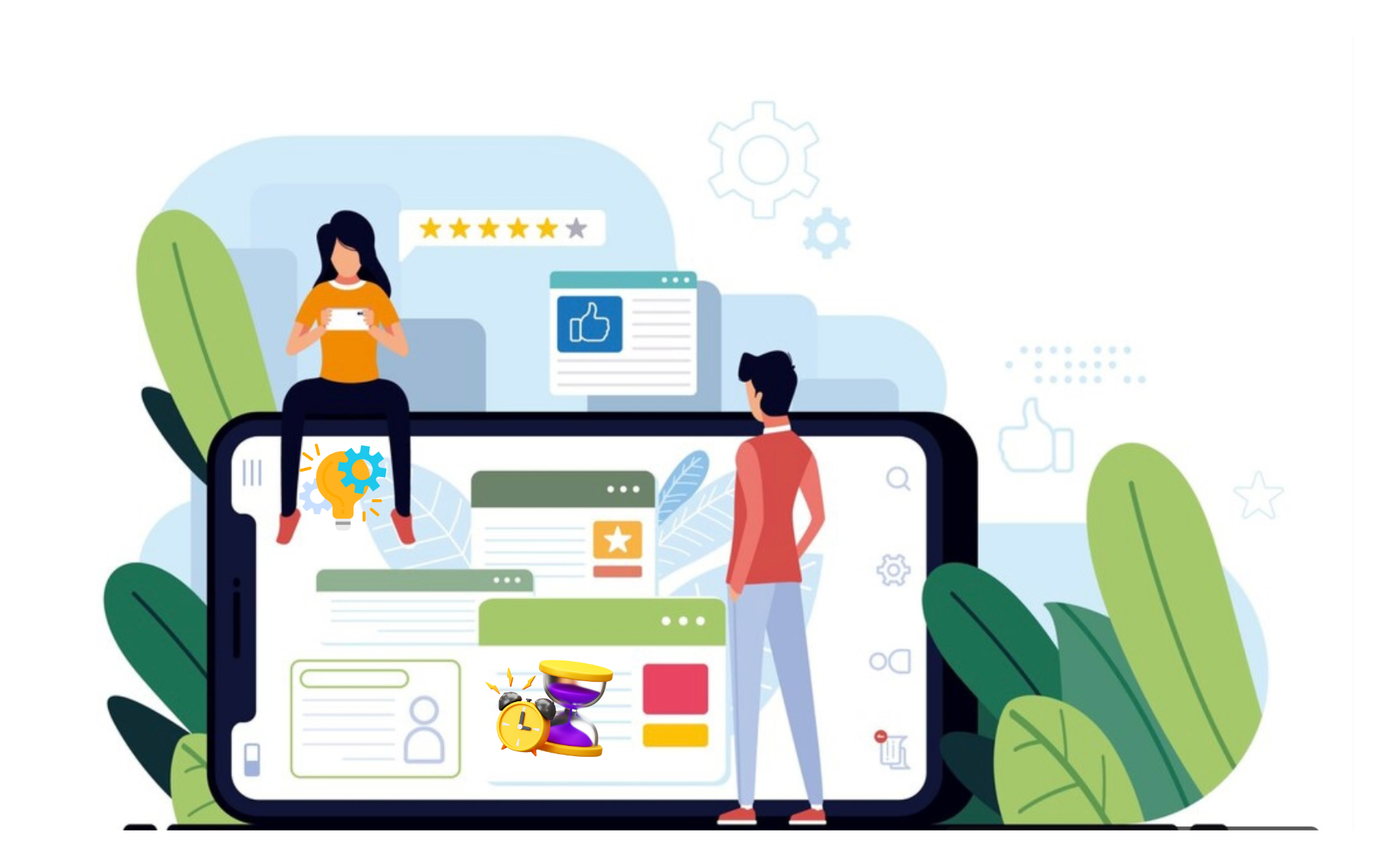Introduction to Project Management Apps
In today’s fast-paced world, managing tasks, deadlines, and teams can feel like juggling too many balls at once. Whether you’re leading a team of professionals, freelancing on multiple projects, or simply trying to stay organized, the right tools can make all the difference. That’s where project management apps come into play.
These apps are more than just digital to-do lists; they’re comprehensive platforms designed to streamline workflows, improve collaboration, and boost productivity.
But with so many options available, how do you choose the right one? Each app offers unique features, catering to different needs, team sizes, and industries. In this blog series, we’ll dive deep into popular project management tools, exploring their strengths, weaknesses, and how they can fit into your productivity toolkit. Let’s get started!
Why are the project management Apps are relevant ?
Project management apps are highly relevant to business professionals and entrepreneurs for several reasons:
- These apps allow users to break down large projects into smaller tasks, set deadlines, and track progress.
- Project management apps facilitate easy communication, file sharing, and feedback loops, improving teamwork and reducing misunderstandings.
- Allow users to set deadlines and reminders, ensuring that tasks are completed on time.
- These apps help manage resources (human, financial, or physical) by providing visibility into who is working on what, and what resources are being utilized.
Top Project Management Apps 2025 :
Selecting the right project management tool is crucial for enhancing team collaboration, streamlining workflows, and ensuring project success. As of 2025, here are five top project management tools that cater to diverse business needs:
1.ClickUp :

ClickUp is a comprehensive project management tool designed to streamline workflows, enhance collaboration, and improve productivity. It’s widely regarded for its versatility, offering a wide range of features that cater to different industries and project management styles. Here’s everything you need to know about ClickUp:
Features :
- ClickUp provides robust task management capabilities, including task creation, assignments, priorities, due dates, and status tracking.
- Built-in time tracking lets users log hours spent on tasks, making it easy to track productivity.
- You can add custom fields to tasks, making it easy to track specific data that is important for your project.
➕ Pros :
- Wide range of features including task management, time tracking, and collaboration.
- Offers excellent integrations with other popular tools.
➖ Cons :
- Can be resource-heavy on devices with limited processing power.
- Some advanced features are locked behind higher-tier pricing plans.
💰 Pricing :
ClickUp offers several pricing plans to accommodate different team sizes and needs:
- Free Plan - Ideal for small teams or personal use
- Unlimited Plan - Offers more advanced features
- Business Plan - Designed for growing teams with advanced fetaures.
👍🏻Best for - Individuals, Professionals, Teams and even personal use.
🌟 Rating - 4.1/5 as per google play store | 4.6/5 as per App Store
2.Asana :

Asana is one of the most popular and widely used project management tools, known for its user-friendly interface, flexibility, and powerful features designed to streamline team collaboration, task management, and project tracking. Here’s everything you need to know about Asana:
Features :
- Asana allows users to create tasks, assign them to team members, set due dates, and track their progress.
- offers several ways to view projects and set task dependencies.
- One can create milestones to track important project achievements and deadlines.
➕ Pros :
- Robust reporting and analytics for tracking team performance.
- User-friendly interface that is easy to learn and navigate.
➖ Cons :
- Can become expensive as you scale up with larger teams or require advanced features.
- Limited offline functionality, which can be an issue for users with poor internet connectivity.
💰 Pricing :
Asana offers several pricing plans to cater to teams of different sizes and requirements:
- Basic Plan (free) - For individuals or small teams
- Premium Plan - advanced features like task dependencies etc.,
- Business Plan - More advanced tools like goal tracking, custom rules etc.,
- Enterprise Plan - Tailored for large organisations with additional features.
👍🏻Best for - Small to Medium sized teams , Remote teams.
🌟 Rating - 4.3/5 as per google play store | 4.7/5 as per App Store.
3.Trello :

Trello is a popular and highly visual project management tool that uses a board and card system to help teams organize tasks and projects. It’s known for its simplicity, ease of use, and flexibility, making it an excellent choice for individuals and teams looking to manage tasks in a straightforward, visual way. Here’s everything you need to know about Trello:
Features :
- One can easily drag and drop cards between lists to reflect progress or changes in priority.
- Each card represents a task and can include descriptions, due dates, attachments, labels, checklists, and comments.
- Cards can be tagged with color-coded labels for better organization and categorisation.
➕ Pros :
- Powerful integrations (Power-Ups) with popular tools like Slack, Google Drive, and Zapier.
- Great for teams using Kanban or Agile methodologies And a mobile app for managing the projects on the go.
➖ Cons :
- Can become cluttered with too many boards or cards, making it harder to manage large projects.
- No native Gantt chart functionality (although Power-Ups can be used for this purpose).
💰 Pricing :
Trello offers several pricing plans to accommodate different user needs:
- Free Plan - For Individuals or small teams
- Business Plan - Additional features like priority suport etc.,
- Enterprise Plan - Aimed at large organizations
- Trello for Education and Nonprofits - Free premium features for educational institutes and nonprofit organisations.
👍🏻Best for - Agile Teams, Event planning.
🌟 Rating - 4.2/5 as per google play store | 4.5/5 as per App Store.
4.Monday.Com :

Monday.com is a versatile project management and work operating system (Work OS) that helps teams manage projects, workflows, and tasks with ease. Known for its flexibility, visual appeal, and extensive customization options, Monday.com is designed to improve collaboration, enhance productivity, and streamline operations across different industries. Here’s everything you need to know about Monday.com:
Features :
- Monday.com offers built-in automation features that help reduce manual work.
- One can track the time spent on tasks, helping teams monitor project progress and productivity.
- Users can leave comments, tag team members, and mention colleagues in tasks to foster communication.
➕ Pros :
- Highly customizable to suit different workflows and industries.Mobile App for managing projects on the go.
- Strong reporting, analytics capabilities and Excellent integration options with third-party tools.
➖ Cons :
- Some features, such as time tracking and reporting, are only available on higher-tier plans.
- Can become expensive as you scale up with larger teams or need advanced features and limited offline functionality.
💰 Pricing :
Monday.com offers several pricing tiers to cater to different needs:
- Free Plan - For individuals or small teams
- Basic Plan - For Small teams that need essential project management features.
- Standard Plan - Includes additional features such as timeline and Gantt chart views.
- Pro Plan - Designed for larger teams with advanced features
- Enterprise Plan - For larger organizations with enhanced security and compliance.
👍🏻Best for - Team of all sizes, project managers and Marketing teams
🌟 Rating - 4.8/5 as per google play store | 4.8/5 as per App Store.
5.Wrike :

Wrike is a comprehensive project management and collaboration platform designed to help teams plan, execute, and track projects with greater efficiency. Wrike’s features make it suitable for teams of all sizes, from small businesses to large enterprises, offering a variety of tools for task management, collaboration, and reporting. Below is everything you need to know about
Features :
- Wrike provides customizable templates for different project types (e.g., marketing campaigns, product development, and event planning).
- Wrike allows you to set dependencies between tasks to show the relationship between them (e.g., Task B cannot start until Task A is completed).
- Wrike supports Kanban-style boards for teams that prefer visual task management.
➕ Pros :
- Advanced security features, including two-factor authentication and audit logs.
- Robust task management, time tracking, and reporting features.
➖ Cons :
- Can be complex for new users due to the wide range of features and customization options.
- Some advanced features (e.g., reporting, automation) are only available in higher-tier plans.
💰 Pricing :
Wrike offers multiple pricing plans based on the features required:
- Free Plan - For small teams or individuals
- Professional Plan - For small teams include additional features
- Business Plan - Ideal for mid-sized teams
- Enterprise Plan - For larger teams and organizations
- Pinnacle Plan - Most comprehensive plan designed for large scale enterprises with need for custom solutions.
👍🏻Best for - Teams of all sizes, marketing and remote teams.
🌟 Rating - 4.2/5 as per google play store | 4.6/5 as per App Store.
Conclusion :
Project management apps are essential tools for boosting team productivity, improving communication, and ensuring project success. These apps offer powerful features like task management, real-time collaboration, and customizable workflows that help businesses stay organized and on track.
Whether you’re managing a small team or a large-scale project, the right project management tool can significantly enhance efficiency and drive better results.

